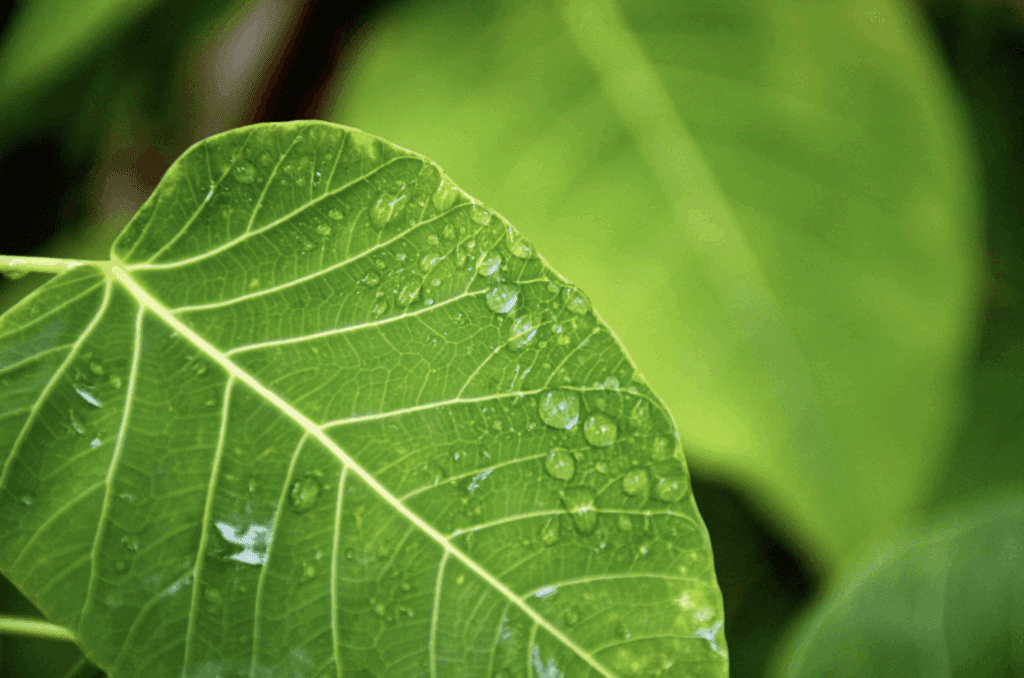
FAQ
Project Basics
The Monterey Peninsula Regional Park District, with support from multiple agencies and organizations, is restoring about 40 acres along the river of the former golf course at the Rancho Cañada Unit of Palo Corona Regional Park to reconnect the Carmel River with its natural floodplain. This will create better habitat for threatened steelhead and other wildlife while reducing flood risk for nearby communities.
The Carmel River is currently confined within a deep, steep-banked channel that has become disconnected from its natural floodplain. This river supports the largest population of South Central Coastal California steelhead, a threatened species whose numbers have declined since the early 2000s due to limited rearing habitat in the lower reaches.
This project addresses that decline by creating floodplain habitat that serves as essential rearing areas where juvenile steelhead can feed and mature. The restoration will provide critical habitat for this rare species while simultaneously reducing flood risk for neighboring communities, enhancing the park’s resilience to drought and climate change, and establishing a more natural, wildlife-friendly landscape.
The $37 million project is funded by grants from the National Fish and Wildlife Foundation ($10M), California State Coastal Conservancy ($8M), Wildlife Conservation Board ($13M), and NOAA Office for Coastal Management ($6M).
Construction & Timing
Construction began on June 2, 2025. Work will occur during the dry season (summer/fall) over three years: Phase 1 (June-October 2025) covers the west section, Phase 2 (June-October 2026) covers the east section, and Phase 3 (June-September 2027) includes final touches.
Visitors will see heavy equipment moving earth, construction of a new bridge, fenced-off construction areas, and informational signs explaining the project.
There will be construction impacts, but we’re working to minimize disruption to the community:
- The construction team will follow all applicable regulations to protect the community
- Active construction typically occurs 7 AM – 4 PM, Monday through Saturday (subject to change based on weather and project needs)
- Limited construction traffic and equipment noise may occur outside these hours
- We’re taking all possible steps to reduce dust, noise, and other impacts on neighbors
Visitor Access & Impacts
Parts of the park will remain open, but active construction areas will be temporarily closed. We’ll maintain public access to as much of the park as possible during the project. Specific trail closures will change during each construction phase, with updated information posted on signs and the project website.
Removal of golf course features (cart paths, bridges, etc.), lowering of land next to the river so water can spread out during high flows, creation of side channels and backwater areas, installation of a new pedestrian and emergency vehicle bridge to maintain access across the river, and native plant revegetation throughout the project area.
Yes. The District will issue up to 13 permits per day (1 per vehicle or walk-in/bike-in) for the Highway 1 entrance. Permit requests are processed on a “first come, first served” basis and should be submitted at least 2 weekdays in advance of the planned hike. Click here to learn more
Environmental Concerns
We’re preserving the majority of trees; however, about 250 will be removed as part of the project. These trees will be repurposed on-site to create wildlife habitat. In their place, nearly 10,000 trees—and approximately 170,000 additional native plants—will be planted, helping to establish a more diverse, natural, and self-sustaining forest over time.”
The project will cause temporary disturbance, but we’re taking measures to minimize impacts and protect park resources and wildlife. Construction is scheduled during months when many species are less active, and we’re conducting surveys and monitoring with expert oversight throughout the process. Work is clustered in specific zones rather than disturbing the entire area at once.
While wildlife displaced during project implementation, this temporary disruption is a necessary step to create significantly more and better habitat, where the restored floodplain will ultimately provide much better conditions for steelhead, birds, frogs, and other species that depend on a healthy ecosystem.
Initially, the area will look raw and newly planted. Over time, it will develop into a lush riparian forest where the river can move more freely and create diverse habitats. Each year, the landscape will continue to evolve naturally.
Have additional questions? Please share them using our Community Feedback Form.

